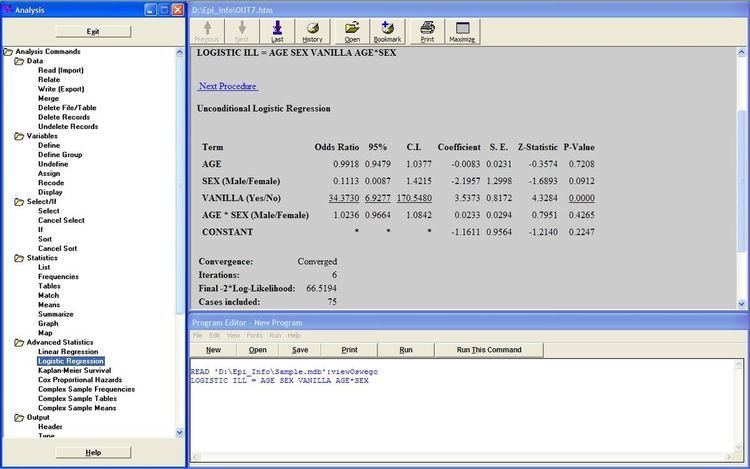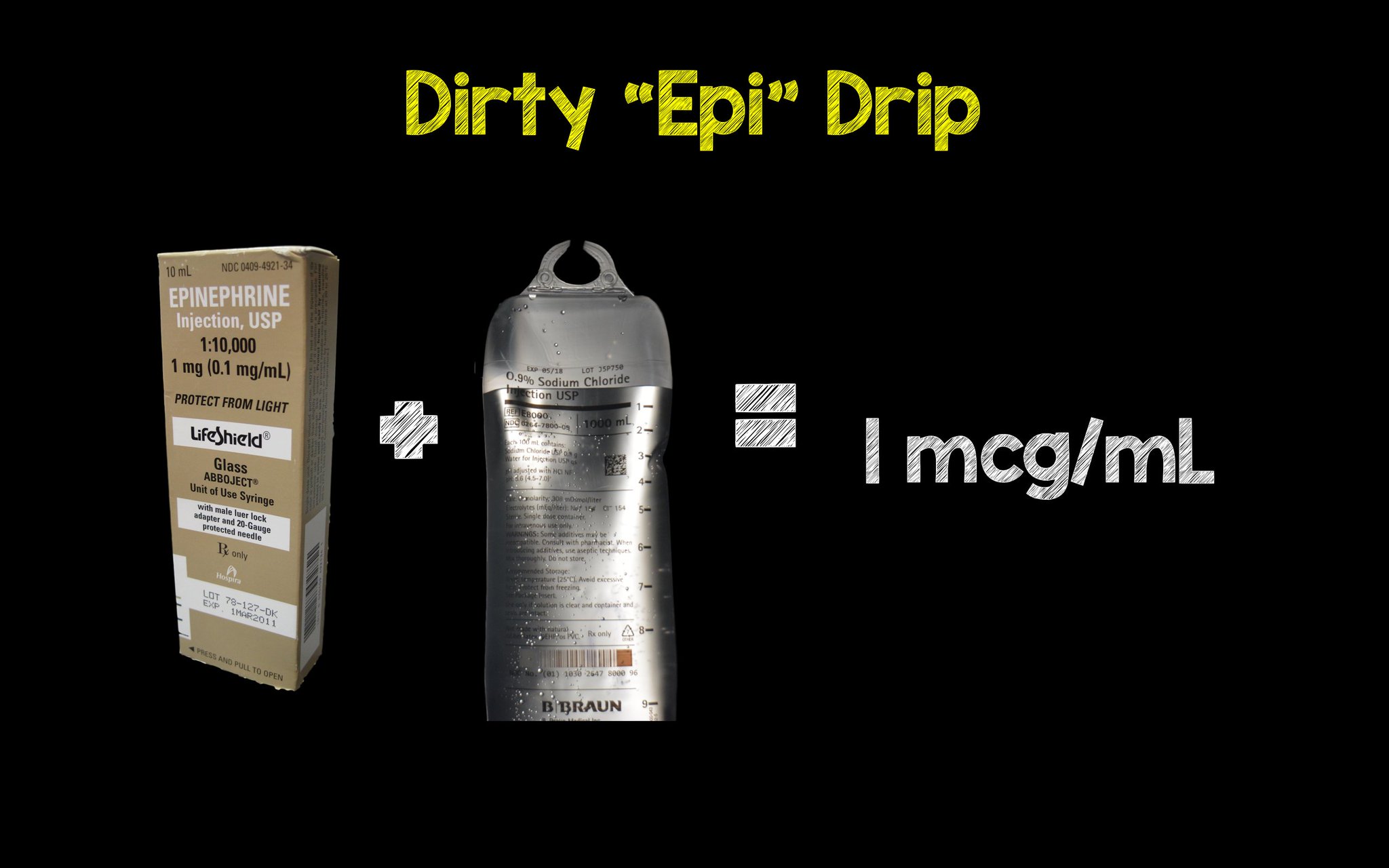Conduct professional public health-related surveys and analyze data in a very time-efficient manner with the help of this comprehensive and useful application
Epi Info is a highly reliable statistical software designed for epidemiology research, sporting a rich array of modules for survey creation and analytic routines. Developed by a team that aims to. This module provides confidence limits for simple (binomial) proportions. Entering a numerator and denominator produces confidence limits calculated by several different methods. Epi Info is a program developed by the Centers for Disease Control and Prevention (CDC) that runs under the Microsoft Windows ® operating system and provides programs for data entry and analysis. Epi Info is a highly reliable statistical software designed for epidemiology research, sporting a rich array of modules for survey creation and analytic routines. Developed by a team that aims to. Epi Info 7 was made open source on November 13, 2008 when its source code was uploaded to Codeplex for the first time. The 7 series is the presently maintained Epi Info product line. Note that Epi Info 3 for Windows is different from Epi Info 3 for MS-DOS even though they share the same version number.
Epi Info is a highly reliable statistical software designed for epidemiology research, sporting a rich array of modules for survey creation and analytic routines. Developed by a team that aims to prevent and control diseases, the application’s purpose is to assists physicians, nurses and generally, medical staff to collect and visualize data in a simplistic manner.
Epi Info has been on the market for twenty years and is the software of choice for many research and medical centers all over the world. It has a great advantage over the traditional paper surveys, by automating data entering and analysis, thus saving time and increasing productivity.
Epi Info 7 Download
Epi Info bundles a wide range of modules that have separate purposes, thus differentiating the stages of a complete epidemiologic analysis process. As such, it relies on a Form Designer that allows for the creation of surveys consisting of multiple questions that can be placed on the page in conformance with the user’s desire.
The Form Designer features a ‘Check Code’ capability that forces events to occur depending on various conditions in the data set. For instance, if the subject is a male, all questions related to the characteristics specific for a female are hidden, thus greatly simplifying the survey operation.


The next module is the one for entering the data into the created questionnaire. If the survey has been designed correctly, the data insertion turns out to be complication-free.
The most powerful section is the analytic one and includes two methods, namely ‘Classic’ and ‘Visual Dashboard’. The latter is a more lightweight approach and bundles only some of the commands available in the former. The Classic module is a richer component with advanced routines that consist of t-tests, cross tabulations, risk ratios and differences, to name just a few.

Finally, The Map section is able to display data using GPS coordinates or geographical references. It uses data layers and shape files to distribute the information over the world map.

In conclusion, Epi Info is a valuable asset that works in favor of extensive epidemiologic studies in order to deliver statistical results quickly, that otherwise would be accomplishable over a much wider time span.
Filed under
Epi Information
Epi InfoEpi Info Calculator
was reviewed by Andreea Matei- Recommended - 1 GHz processor
- Recommended - 256 MB RAM
Epi Info 7.2.4.0
add to watchlistsend us an update- runs on:
- Windows 10 32/64 bit
Windows 8 32/64 bit
Windows 7
Windows Vista
Windows XP - file size:
- 23.8 MB
- filename:
- Epi_Info_7.zip
- main category:
- Others
- developer:
- visit homepage
top alternatives FREE
top alternatives PAID
Epi-Info™ is a software suite developed by the Centers for Disease Control and Prevention, headquartered in Atlanta, Georgia. This software package allows people to track, report, and study emerging epidemics as well as past outbreaks of disease. The introduction of Epi-Info™ to the toolbox of epidemiologists around the world was a significant development in this field, allowing people to collect useful real-time data which could be used to figure out how an epidemic started, and potentially to determine how it could be stopped, as well.
Epi Info Gis
There are several facets to Epi-Info™. In the first sense, it allows epidemiologists to collect and analyze data, using a variety of statistical tools such as analysis of variance (ANOVA). By organizing data about an epidemic, epidemiologists can start to think about how the epidemic developed, looking for patterns which might lead to answers. These statistics can also be transmitted to other workers in the field, allowing people to connect multiple epidemics quickly and trace them to a common source, such as an untreated tuberculosis patient or a shipment of tainted food.
The software also generates surveys and other materials which can be used to help gather statistics about the epidemic. By creating forms and questionnaires, epidemiologists can ensure that the same data is collected from every involved patient, generating reams of data which can be collated and studied collectively. Forms can also be generated for medical personnel, friends and family of patients, and so forth, creating a complete picture of an emerging epidemic.

When an outbreak is developing, Epi-Info™ can be extremely valuable. This tool has helped health departments around the world, quickly identifying related epidemics through a shared network, and helping people get to the root cause quickly. By using Epi-Info™, for example, epidemiologists can realize that people in five different states all ate the same food, and they can issue an immediate recall to bring the epidemic to a halt. Information shared through Epi-Info™ can also speed treatment, by identifying which treatment regimens work.
Epi Info Software
This tool can also be used to study epidemics after the fact. By entering data into Epi-Info™, epidemiologists can create data which may be studied later at more leisure. Later study can identify new ways to handle such epidemics, and it can be used to connect past and future epidemics to each other, potentially establishing a historical link between outbreaks of similar illnesses which could be used to gather more information about them.
